Not long ago, Taga City, Miyagi Prefecture, Japan publicly demonstrated the world's largest LED (Light Emitting Diode) artificial light plant factory to the media. The factory, called "Future Hata", covers an area of about 2,300 square meters and uses 17,500 LED lights. It can produce year-round and is expected to harvest about 10,000 heads of lettuce every day. Not long ago, Fujitsu also announced that after about a year of preparation, the low-potassium lettuce produced by its own plant factory began to be put on the market.
Compared with traditional plant lights, LED plant lighting has obvious advantages of energy saving and high efficiency. In 2013, the cost of LED grow lights has dropped significantly compared with 2010. Each lumen is about NT$0.38, which is only 1/5 of the 1.8 yuan in 2010. In turn, international manufacturers such as Philips, Osram, Mitsubishi, and Panasonic have invested in them. The innovative application of LED plant factories, Taiwan, which has both the advantages of LED and agriculture, certainly does not want to miss business opportunities, adding technological innovation to agriculture, so that enterprises can increase their worth of 100 million yuan.
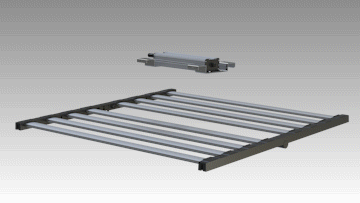
Japan is the country with the fastest development of plant factories. The government of this country took the lead in proposing a subsidy policy for plant factories in 2009, which led to the application of LED lighting to the market demand in this field. In 2011, it surged to 8,850 units due to the stimulus of the 311 earthquake. Although it declined to 2,500 units last year, PIDA believes that the demand in the Japanese market will increase year by year. It is estimated that it will reach 3,200 units this year and 9,000 units in 2015. , 18,000 units will be viewed in 2020.
Taiwan has also begun to smell the business opportunities of plant factories, and many LED manufacturers have already begun to enter the market in this field. The Economic Development Association has also started to build plant factories through the pipeline last year to promote the revitalization of Taiwan's agriculture.
However, Taiwan is narrow and densely populated, and the development space is limited. Instead, the Chinese mainland market, which has vast land and resources, is the target of various industry players. The Chinese government recently released the "Twelfth Five-Year Plan" 863 plan. Although the total expenditure is only about 46.11 million yuan (about 217 million yuan for new Taiwan), the plan for the first time included "research on production technology of intelligent plant factories" as a research project. Among the 7 projects, including the application of LED energy-saving light sources in plant factories, it is obvious that the business opportunities of LED lighting in plant factories in China are just about to rise.
In my country, after the implementation of the Chinese central government, the market is optimistic that the local government will follow up the pace more actively, and if we look at the attitude of the Chinese government to subsidize the LED industry generously before, the business opportunities in the new field of LED lighting led by the plant factory will also make various Homeowners are looking forward to it, and it is the next niche market development opportunity for Taiwan LED factories.
In the past, the cost of LED lighting remained high, and plant factories used fluorescent tubes or high-pressure sodium lamps. At present, there are not many manufacturers engaged in LED plant lights in China, and most of them are concentrated in Shenzhen.
At present, the sales market of LED plant lights is also concentrated in Japan, South Korea, China, the United States, Europe and other countries and regions with fewer agricultural personnel.
Summarize:
With the extensive development of the LED industry, LED companies are constantly looking for new ways of development. LED grow lights are undoubtedly a chance for LED companies to regenerate. However, despite the promising prospects of grow lights, the development of plant factories still faces some "bottlenecks" ". For example, if the initial investment is too large, an artificial light plant factory with a daily output of 1,000 lettuce plants generally requires a relatively high initial investment. Even if the government subsidizes 50%, it usually takes 5-7 years to become profitable. In addition, the planting technology in the era of factory agriculture has yet to mature, and the related quality control and logistics sales models are also being explored.

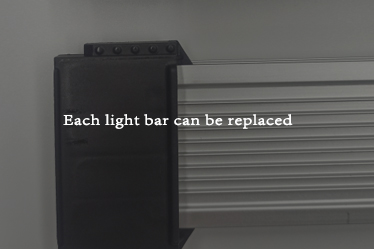 Can ordinary LED lights be used as plant lights?
Can ordinary LED lights be used as plant lights?
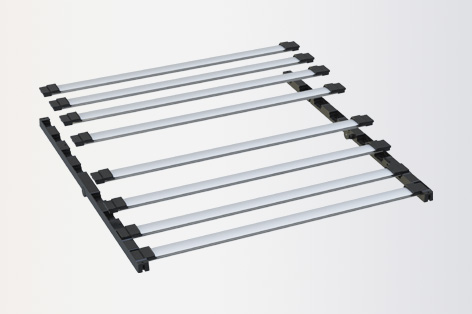 The development trend of LED plant lights
The development trend of LED plant lights
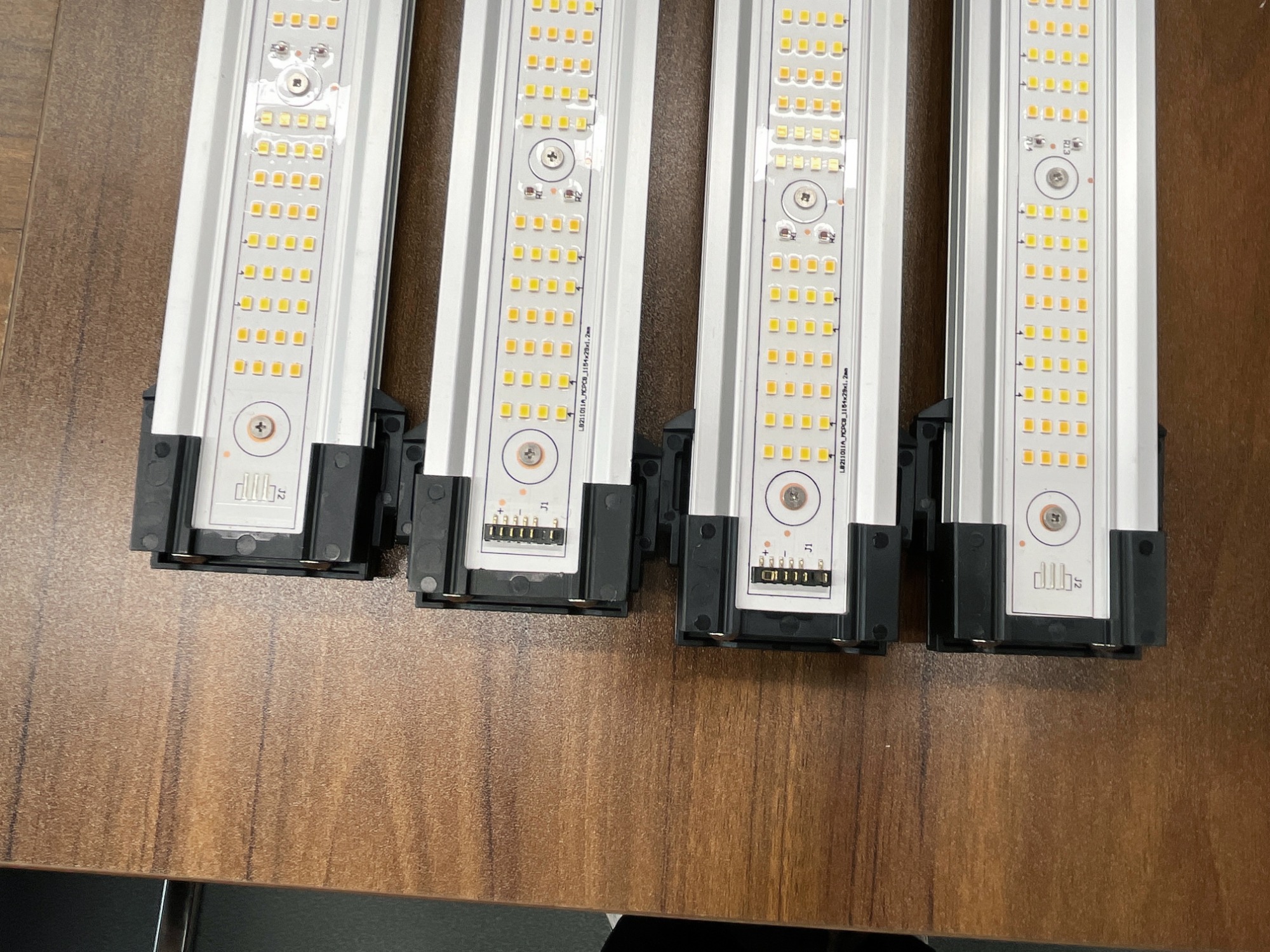 The effect of photosynthesis on plants
The effect of photosynthesis on plants
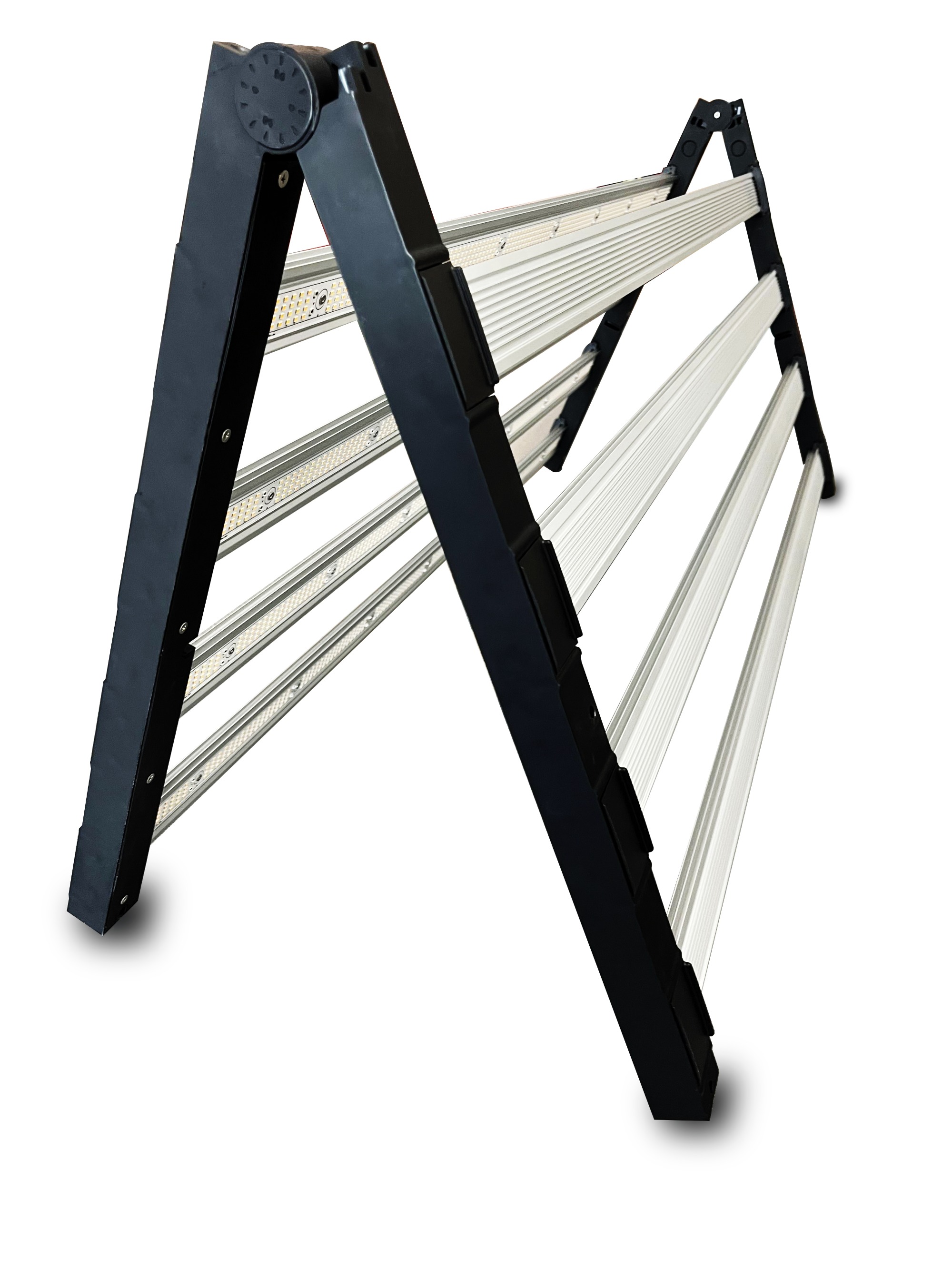 What are the types of plant lights
What are the types of plant lights